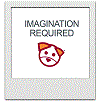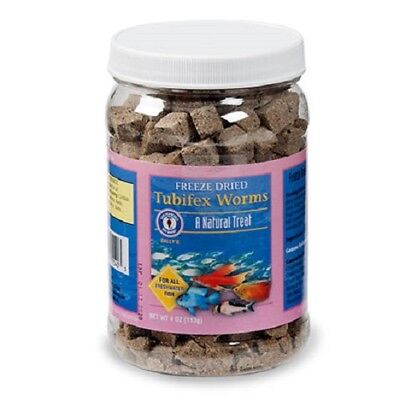

Provided that the correct acknowledgement is given and it is not used for commercial purposes. This article in other publications, without requesting further permission from the RSC, Selck,Ĭreative Commons Attribution-NonCommercial 3.0 Unported Licence. Trophic transfer of CuO NPs from sediment to worms ( Tubifex tubifex) to fish ( Gasterosteus aculeatus): a comparative study of dissolved Cu and NPs enriched with a stable isotope tracer ( 65Cu) Our results show that NP-derived Cu can enter freshwater food webs, but bioaccumulation and trophic transfer under environmentally realistic exposures is low (detectable with a tracer) and not different from that of dissolved Cu. No significant effects were detected for the other investigated genes ( ctr1, mta, gcl, gr, sod, cat, zo-1). Glutathione peroxidase ( gpx) mRNA expression was significantly higher in fish feeding on 65CuCl 2-exposed worms compared to 65CuO NP-exposed worms (though 65Cu tissue concentrations were similar). 65Cu accumulation in fish feeding on 65CuCl 2 and 65CuO NP-exposed worms was limited (intestinal tissue: 80 and 65 ng g −1 dw fish carcass: 7 and 10 ng g −1 dw, and liver: 50 and 10 ng g −1 dw, respectively). Furthermore, significantly more 65Cu was released from the sediment into the overlying water in the 65CuO NP exposures compared to the 65CuCl 2 exposures. Worms accumulated 65Cu during sediment exposure to both 65CuCl 2 and 65CuO NPs (0.7 and 1.1 μg 65Cu per g dw tissue, respectively), resulting in 65Cu body burdens significantly different from control. Worms were exposed to sediment spiked with 65CuCl 2 or 65CuO NPs (∼20 nm) at environmentally relevant concentrations for 7 days and subsequently fed to fish for 7 days.

Cu enriched in the stable isotope 65Cu was used to increase detection and discriminate newly added/assimilated Cu from background Cu levels. The aim of the present study was to investigate trophic transfer of copper oxide (CuO) NPs and dissolved Cu (CuCl 2) from natural sediment to the sediment-dwelling worm Tubifex tubifex, and then to the predatory fish Gasterosteus aculeatus (three-spined stickleback).


Metal nanoparticles (NPs) released into the aquatic environment will likely accumulate in sediment and be available for sediment-dwelling invertebrates that serve as food for other organisms, such as fish.


 0 kommentar(er)
0 kommentar(er)
